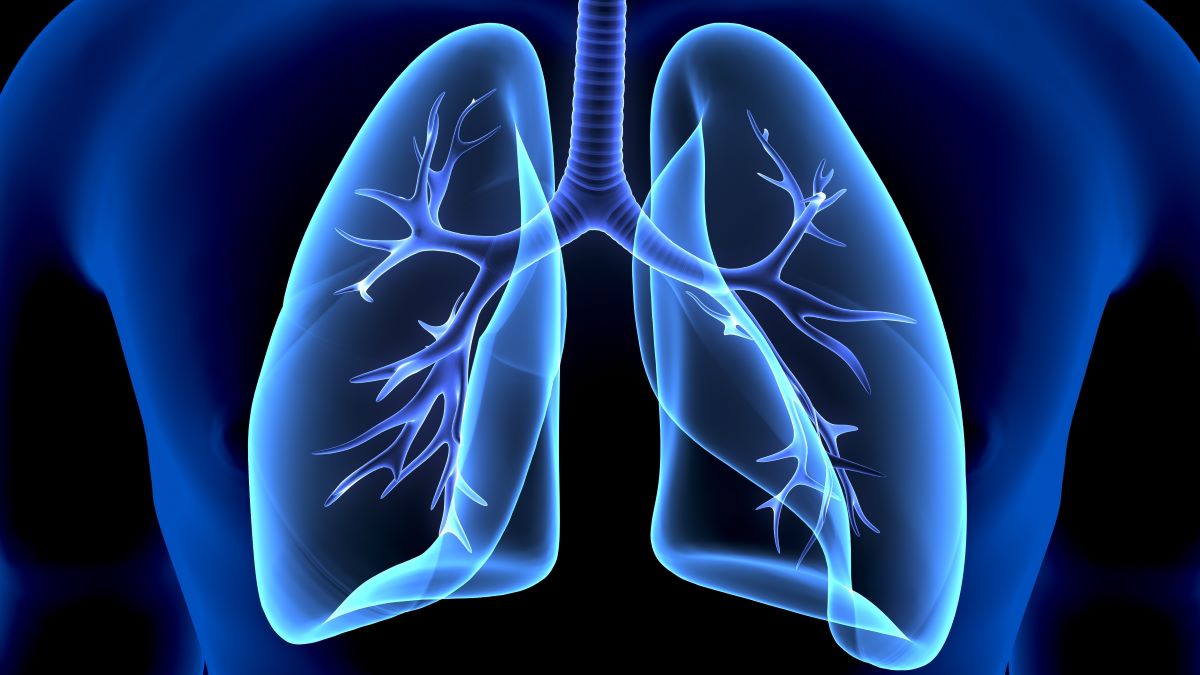Alternative criteria included people who smoked any amount for at least 40 years; people aged 60 to 80 years with 40 pack-years of smoking
By Elana Gotkine HealthDay Reporter
MONDAY, Aug. 19, 2024 (HealthDay News) — Simple alternative criteria for lung cancer screening (LCS) can identify high-benefit groups, especially among certain racial and ethnic-minority groups, according to a study published online Aug. 20 in the Annals of Internal Medicine.
Noting that the U.S. Preventive Services Task Force (USPSTF) recommendation for LCS may exclude some high-benefit people, Lauren E. Kearney, M.D., from the VA Boston Healthcare System, and colleagues examined whether alternative criteria can identify these high-benefit people. Alternative criteria were developed using fast-and-frugal tree (FFT) algorithms for people from the 1997 to 2014 National Health Interview Survey (NHIS) and from the 2014 to 2018 NHIS and the 2022 Behavioral Risk Factor Surveillance System for comparisons of USPSTF criteria.
The final alternative criteria were people who smoked any amount for at least 40 years and people aged 60 to 80 years with at least 40 pack-years of smoking. The researchers found that the numbers of people selected for LCS was similar for the USPSTF and alternative criteria. The alternative criteria had higher sensitivity and specificity for identifying high-benefit people than the USPSTF criteria (91 versus 78 percent and 86 versus 84 percent, respectively). The alternative criteria provided greater gains in sensitivity than the USPSTF criteria for racial and ethnic minorities (Black: 83 versus 56 percent; Hispanic: 95 versus 73 percent).
“The FFT we identified would result in more effective screening, lead to better support of the ethical principle of ‘equal management for equal risk,’ and substantially reduce racial disparities,” the authors write.
Copyright © 2024 HealthDay. All rights reserved.








